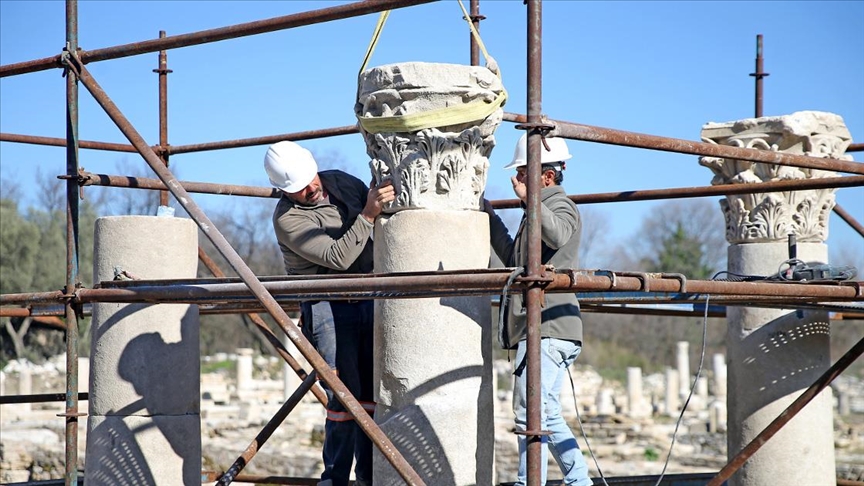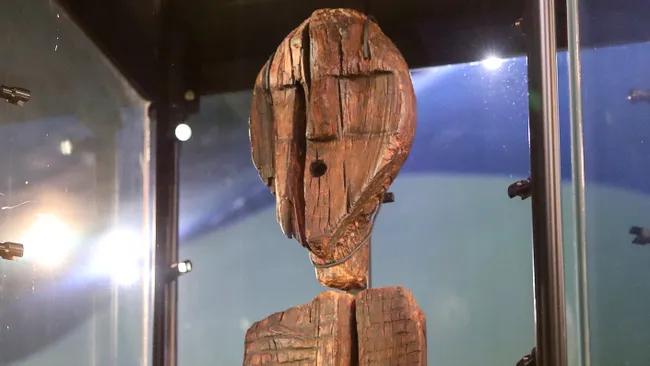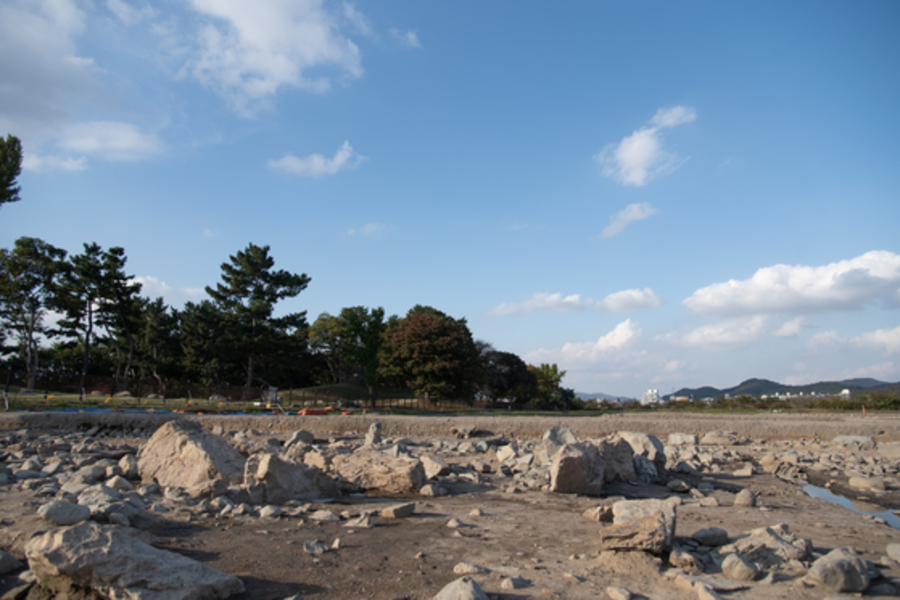The 2000-year-old Roman bath columns of the ancient city of Stratonikeia, known as the “City of Gladiators”, have been successfully restored.
Stratonikeia, located in the Yatağan district of Muğla, is one of the largest marble cities in the world. Archaeological excavations in the city, which is on the UNESCO World Heritage Tentative List, continue under the direction of Prof. Dr. Bilal Söğüt. Excavations started in 1977.
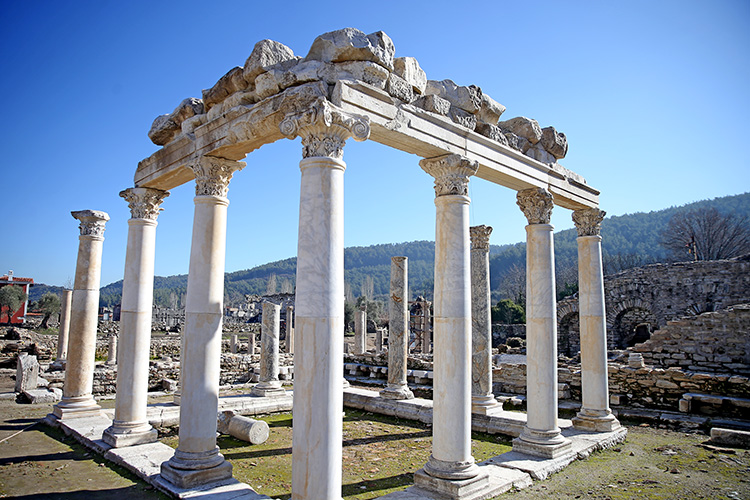
As one of the most significant cities in the Caria region, the archaeological site of Stratonikeia has revealed 36 columns in the courtyard of its Roman bath. These columns, made from intact materials, have been carefully restored and their upper structures reinstalled.
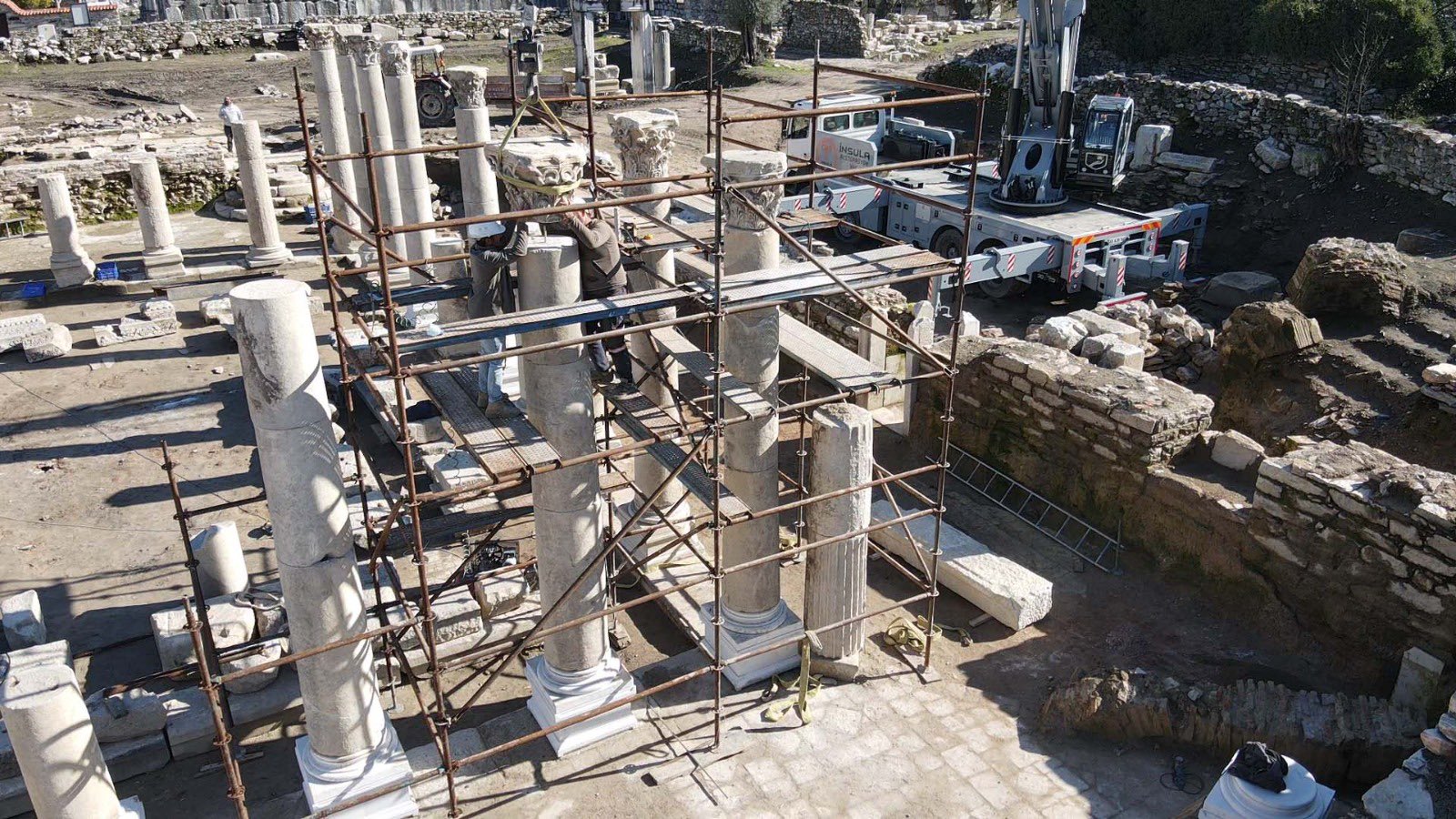
Prof. Dr. Bilal Söğüt highlighted that excavation work has particularly focused on the palaestra section of the bath for the past two years. “Visitors will be able to see the columns from the Roman period and the complete upper structural elements as they explore the area. We have uncovered additions and modifications from the 1st century to the early 7th century AD, right up until the site’s decline,” he stated.
“This site holds a very special place within the city. It features three baths and is one of the most well-known locations. Therefore, we have made all essential enhancements related to the Roman bath here.”
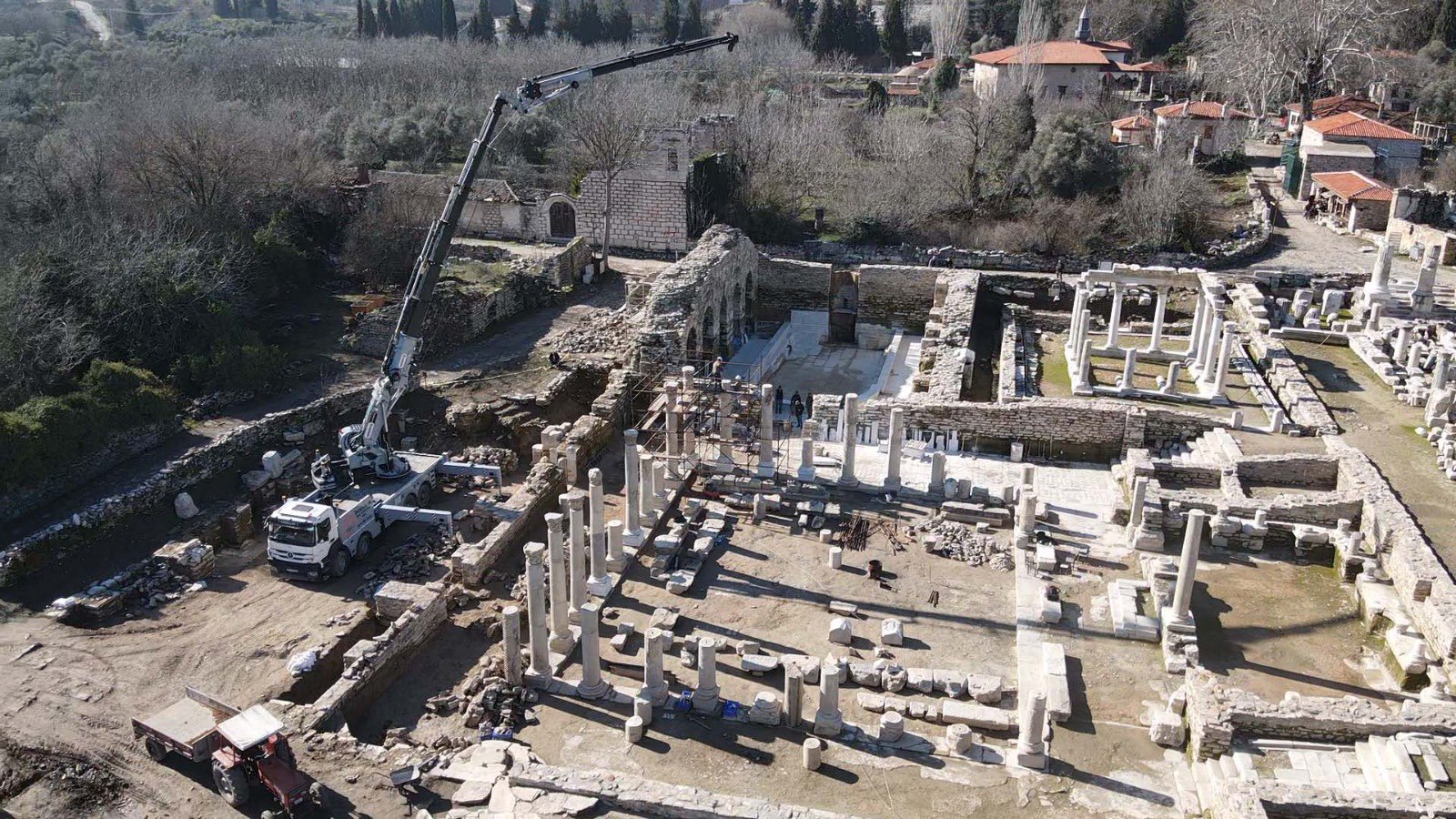
Prof. Dr. Bilal Söğüt noted that the palaestra is one of the special areas where they can fully observe its development process. He also stated that the excavation and restoration efforts receive support from the Ministry of Culture and Tourism, the General Directorate of Cultural Heritage and Museums, the Turkish Historical Society, the Muğla Governorship, İş Bank, and Pamukkale University.
